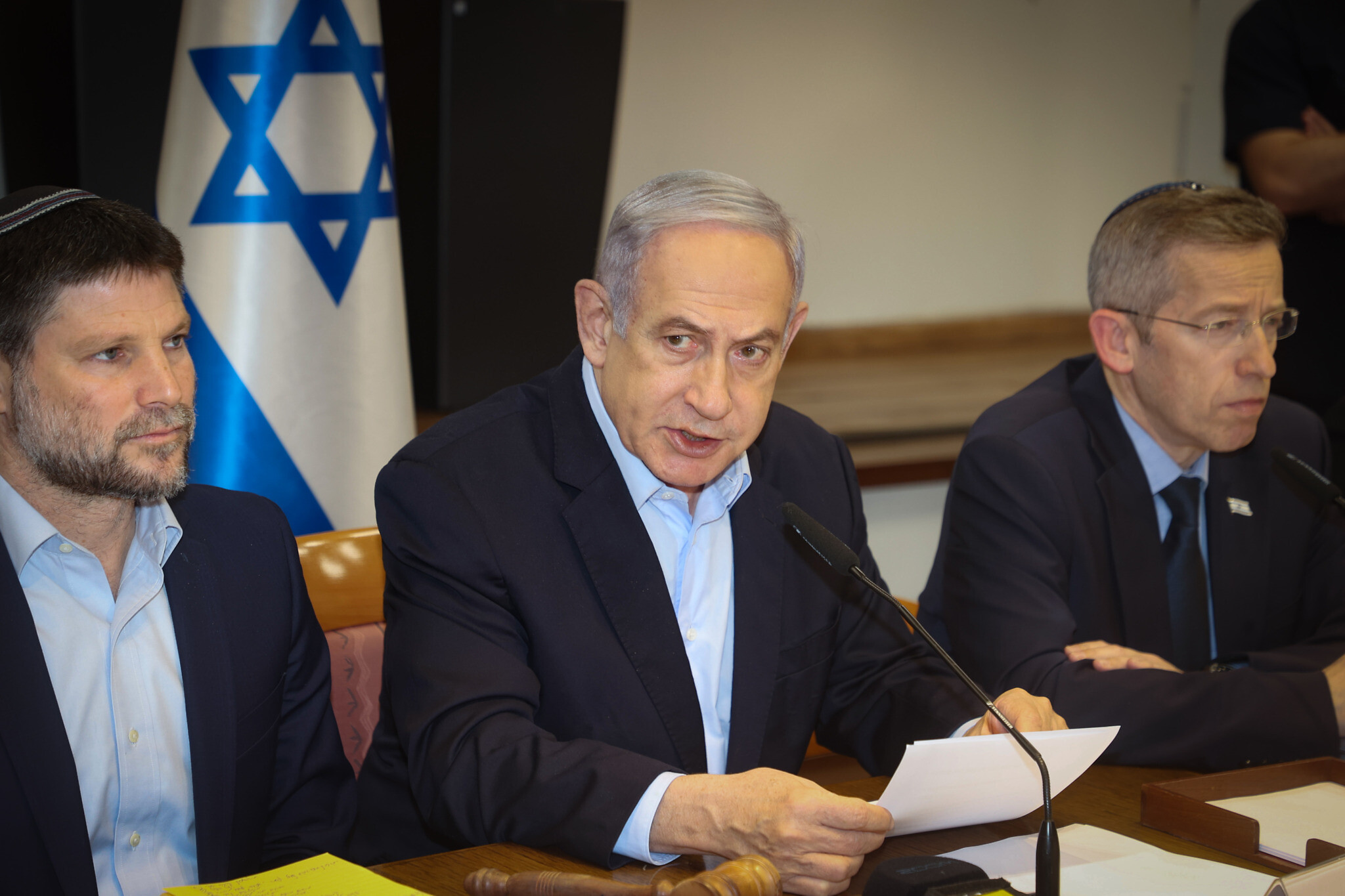‘Demographic dividend’ a long-term casualty of Myanmar’s civil war
2024.07.06
Aside from the human tragedy of the ongoing civil war in Myanmar, the economic fallout has been dire.
But ten or twenty years ahead lies another bad consequence of the 2021 military coup: Myanmar was poised to ride a demographic wave over the coming decades, but probably won’t now.

There are numerous reasons for Southeast Asia's economic success in recent decades. One was that in the 1990s the likes of Vietnam, Cambodia, and Myanmar ditched statist economic models and embraced free trade, giving them access to world markets for the first time ever.
Another key factor was demographics. The median age of all Southeast Asian states, bar Singapore, was below 30 until the 2000s.
Myanmar, for instance, entered the global capitalist system with around 35 percent of its population aged 15-34. The median age was just 20 in 1990. This was ideal for attracting lower-end manufacturing that countries like Malaysia and Thailand, which began industrializing and urbanizing much earlier, had outgrown.
However, because Myanmar’s workforce is still quite young and because of its low starting point, productivity rates remained the second-lowest in Southeast Asia in 2019 — just $5.15 in terms of GDP per hour worked.
Before the military takeover in February 2021, Myanmar had ample time to rectify this.
RELATED STORIES
Myanmar’s junta takes desperate measures to stem capital flight
Rice crisis triggers arrests, market upheaval in Myanmar
Myanmar’s junta halts passport conversion as Thailand mulls worker amnesty
Myanmar’s ban on overseas male workers worsens Thai labor shortage
Lost opportunities
The working-age population can generally be divided between those aged 15-44 and those aged 45-64. The size of each group usually defines a country’s economy.
A youthful workforce is beneficial for labor-intensive, lower-skilled production – like garment manufacturing, which has driven Myanmar’s growth – and for domestic consumption.
Once a country’s demographics change and it has a growing percentage of older workers, they typically have a far more productive workforce, as people have had twenty-odd years to get good at what they do. This also leads to a more capital-rich economy since those in middle-age have done most of their consumption and child-rearing and are now saving for old age.
Before the coup, Myanmar had around three decades to enjoy this transition, allowing it to reinvest revenue from economic growth into education and skill development as the workforce naturally aged.

The share of 35-64 year-olds was forecast to increase from around 35.2 percent in 2020 to 39.5 percent in 2050. In real terms, since Myanmar’s population was set to grow overall, that’s up from 18 million to 23 million people, according to my analysis of UN data.
Meanwhile, the number of 15-34-year-olds was expected to decline slightly from 18 million in 2020 to 16 million in 2050 – or from 33.2 to 27.7 percent of the population.
The coup and civil war likely haven't drastically altered these numbers. The Peace Research Institute Oslo reported last year that at least 6,000 civilians were killed in the first 20 months.
Total casualties are likely in the tens of thousands. Many times this number have been wounded, maimed or psychologically scarred, hindering their ability to return to the workforce.
Missing a critical transition
Most importantly, however, the conflict has stolen this critical transitional period from young workers, depriving them of the time they needed to become more skilled and productive in later life.
According to the latest estimates, there are 3.1 million internally displaced people, about 5 percent of the entire population. Around 8 percent of young adults are now unemployed, a significant increase from pre-2021 levels.
The number of people in formal employment has fallen substantially. Many have traipsed back to rural areas to work on family farms due to poor job prospects and rising food prices.

The mandatory conscription announced by the junta in February has intensified both internal migration and emigration.
The latest World Bank report on Myanmar indicates that around 28 percent of firms have lost staff due to workers moving to the countryside or abroad, up from 11 percent in April 2023.
"About half of the employees that resigned migrated to other countries while about a third relocated to other parts of Myanmar," the report noted.
Hard to keep skilled workers
One of Myanmar's perennial challenges, even before the coup, was retaining its skilled workers. Neighboring Thailand, a rapidly aging country, will see its workforce shrink by around a third by 2050 unless it can attract millions of migrants, primarily from Cambodia, Laos and Myanmar.
Myanmar would have struggled to retain the best of its workforce without the coup. Depending on how long the civil war lasts, there could be no chance of keeping them. A recent World Bank survey found that 52 percent of highly skilled graduates aged 20-40 want to emigrate.
Since the coup, Myanmar’s university student population has fallen by more than 90 percent. The share of youths aged 6-22 enrolled in educational institutions dropped from 69 percent in 2017 to 56 percent in 2023. Potentially almost a million children are displaced.

The demographic dividend Myanmar was set to enjoy included a growing older workforce and a steady expansion of young workers.
This balance would have been crucial for maintaining low-skilled, low-value-added industries like garment manufacturing while also allowing for the development of higher-value-added sectors thanks to a growing, more experienced workforce.
That has been upended by the coup.
There is no sign of the civil war ending soon. If it goes on for much longer — a decade-long conflict isn’t zero-risk — it will strip Myanmar of whatever demographic benefits it could have enjoyed in the 2030s and 2040s.
David Hutt is a research fellow at the Central European Institute of Asian Studies (CEIAS) and the Southeast Asia Columnist at the Diplomat. He writes the Watching Europe In Southeast Asia newsletter. The views expressed here are his own and do not reflect the position of RFA.




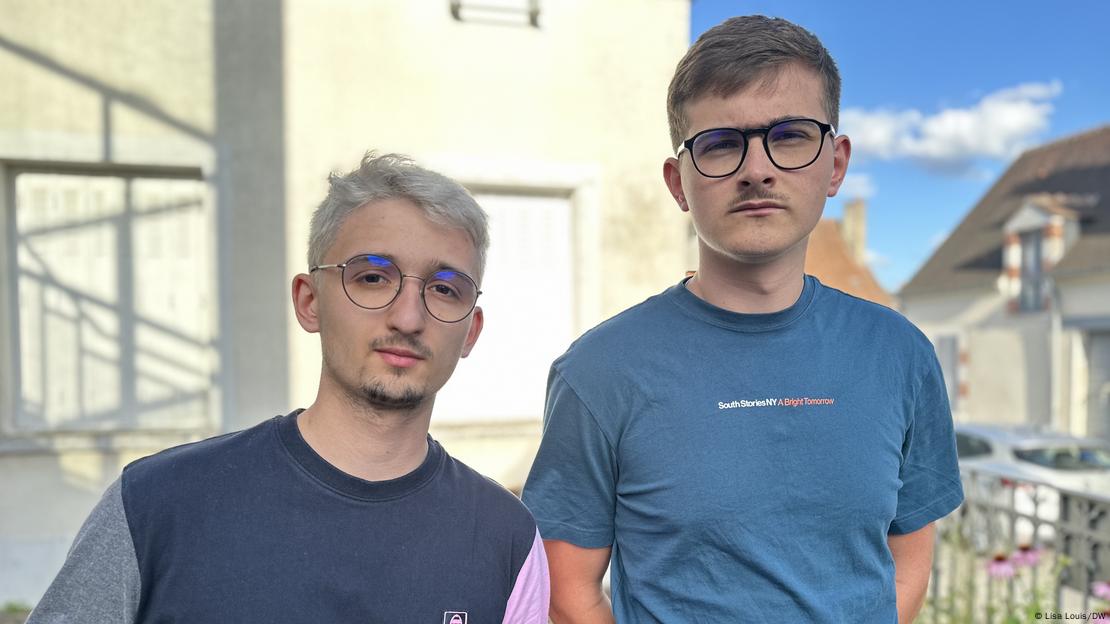
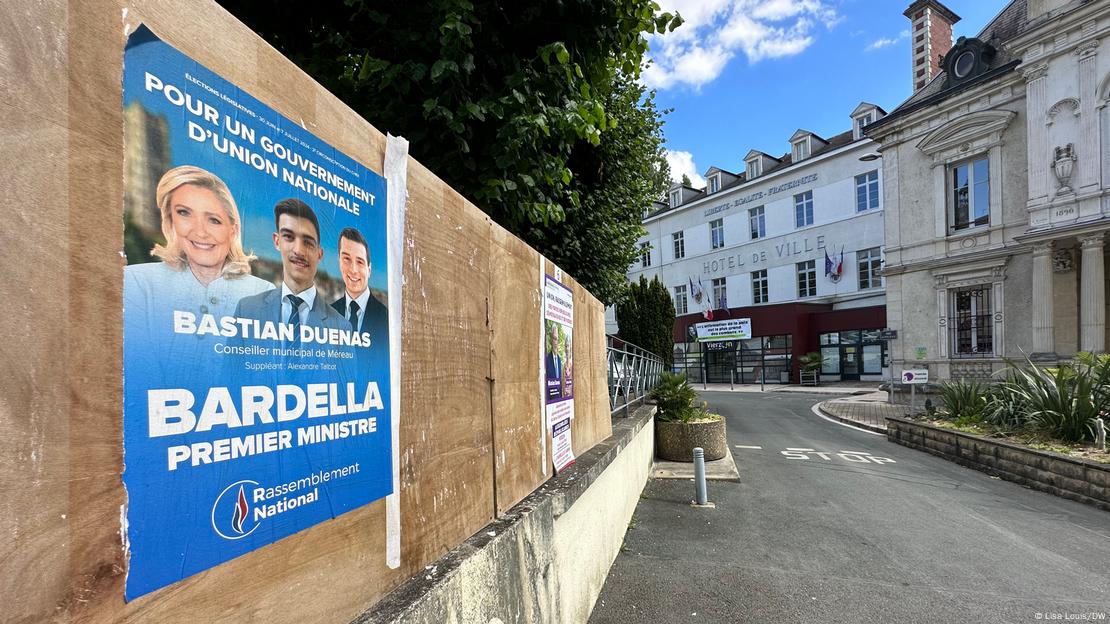
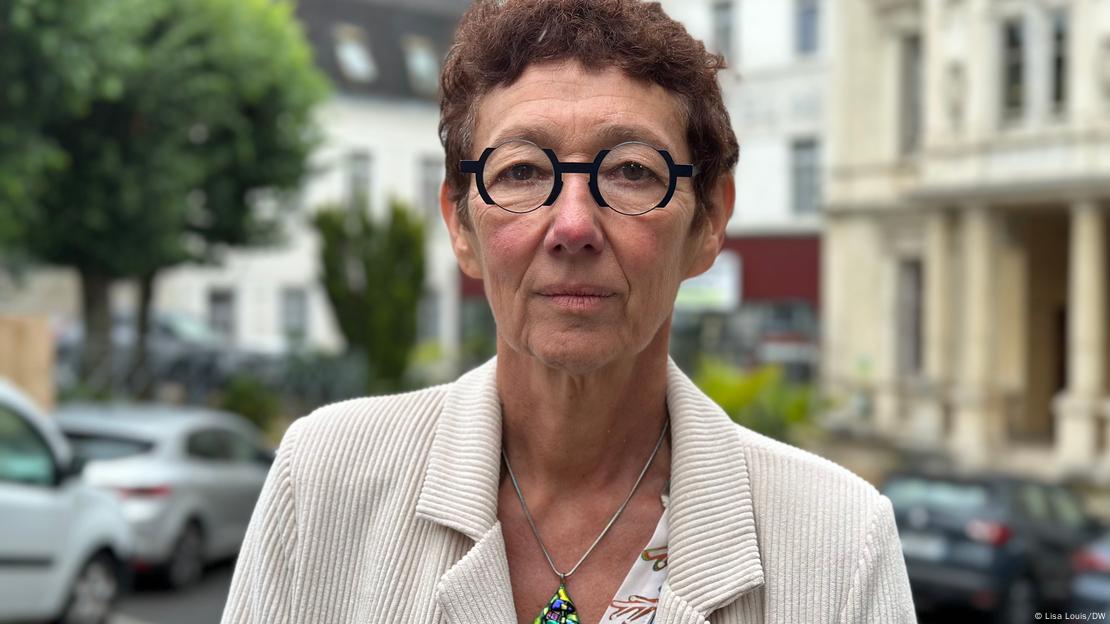






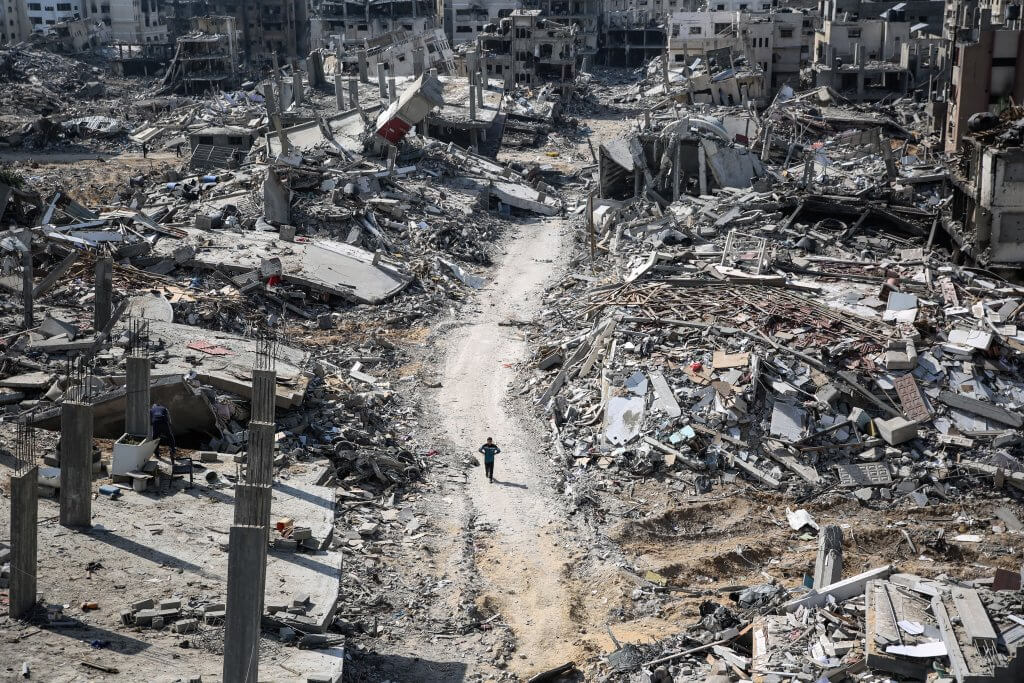 DESTRUCTION IN THE VICINITY OF AL-SHIFA HOSPITAL, GAZA CITY, APRIL 2, 2024. (PHOTO: © OMAR ISHAQ/DPA VIA ZUMA PRESS/APA IMAGES)
DESTRUCTION IN THE VICINITY OF AL-SHIFA HOSPITAL, GAZA CITY, APRIL 2, 2024. (PHOTO: © OMAR ISHAQ/DPA VIA ZUMA PRESS/APA IMAGES)

